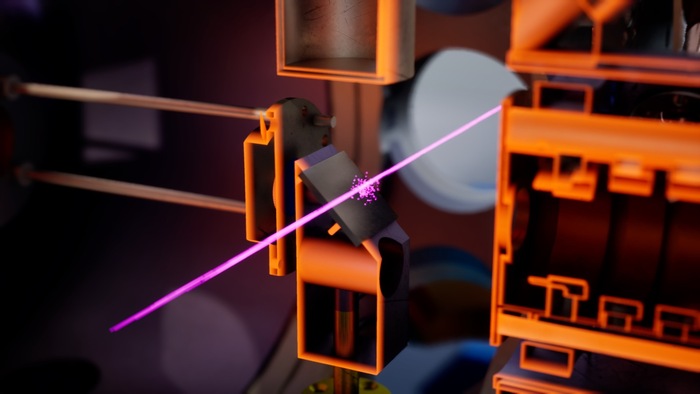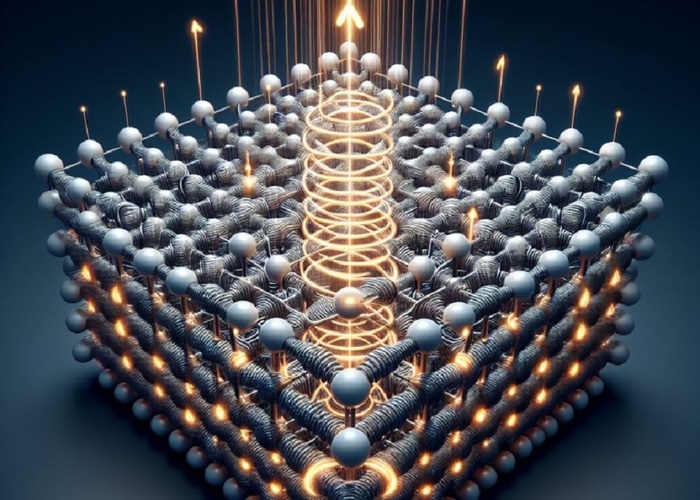Breakthrough discoveries?
US laboratory researches with atoms that do not exist in the world
Created: 06/03/2022, 19:53
By: Lukas Einkammerer
The world of chemistry is full of mysteries.
A new laboratory in the United States now wants to get to the bottom of it.
© IMAGO/YAY Images
A new research facility in the US wants to delve deeper into the world of atoms than ever before - which could lead to groundbreaking discoveries.
Lansing (USA) – The universe is full of mysteries.
Although research has already been able to solve many of these mysteries, a number of new questions seem to arise for every hard-earned answer.
Especially at the level of the chemical elements, there are still some things that even the smartest minds in the world don't quite understand.
Anyone who thinks back to chemistry lessons at school will certainly remember the periodic table, which lists elements such as oxygen and nitrogen.
These are sometimes considered the most important building blocks of our world and make life as we know it possible in the first place.
Understanding the origins and behavior of these elements is a dream of many scientists - and will soon become a reality for a team from the USA.
US Laboratory Makes New Atoms: Revolutionary Research Using Isotopes
In atomic theory, a few terms are particularly important.
Every atom consists of protons, neutrons and electrons - small but important pieces of the puzzle that make concrete statements about the structure of an atom.
The number of protons determines which element is involved and the number of neutrons indicates whether the atom is a so-called isotope - an atom of an element with a different basic structure.
Michigan State University's Facility for Rare Isotope Beams
(FRIB)
, established in early May, specializes in working with such isotopes in order to better understand the origins of the various elements.
The aim of the facility is to provide the broadest possible access to the complex world of isotopes, FRIB director Bradley Sherrill told
The Guardian
.
Research into rare isotopes, which do not actually exist on earth and normally decay after a few seconds, should answer many questions about nuclear structures and the origin of the universe.
US laboratory produces new atoms: isotope research important for medicine
The discoveries of the FRIB scientists should prove particularly valuable not only for astronomy but also for medicine.
With isotopes being used in many forms of radiation therapy today, the introduction of novel isotopes could make many of these processes far more efficient - and thereby take modern medicine in an exciting new direction.
also read
Train accident near Garmisch: "At least three more dead" - initial suspicion of the cause
Shortly before the Pentecost holidays: storm surge devastates popular coasts in Italy - now a remedy is to be found
Understanding where life comes from and what forces have shaped the universe is one of the driving tasks of science.
The launch of the James Webb Telescope last winter and the opening of the FRIB underline one thing above all: We are getting ever closer to the big answers.
(le)



/cloudfront-eu-central-1.images.arcpublishing.com/prisa/BI4VNORLKVHTLF4MEMPC3K27QE.jpg)





